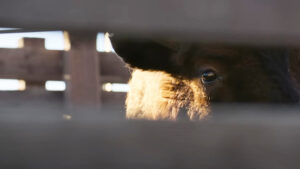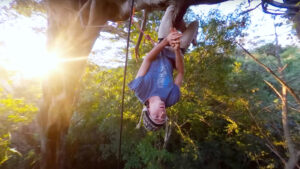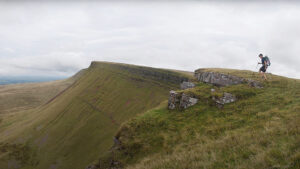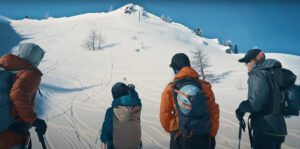Relentless surf, committing coastlines, and extreme weather. That’s how the few kayakers who have circumnavigated New Zealand describe their adventure. But when Fi and James Corfe paddled the North Island in 2017, they also discovered secluded beaches and warm hospitality, between days of horrifying landings and gale-force winds.
Paddling around the North Island wasn’t the Corfes’ first New Zealand expedition. In 2015, they circumnavigated the South Island. The experience taught them valuable lessons about New Zealand’s surf. But for a North Island expedition, “we knew we had to up our game.”
The couple darted back to their native England for bitter winter training off the UK coast. Then they flew to Auckland for their North Island debut. Less than 24 hours after arriving, they set off clockwise from Mission Beach.
A New Zealand circumnavigation is no vacation
The first kayaker to circumnavigate New Zealand was Paul Caffyn in 1979. More than 30 years later, Tara Mulvany became the first woman to do so. The small nation of five million people might be a dream holiday destination for many, but where kayaking is concerned, its coastal waters are no vacation.
Known to have “four seasons in one day”, New Zealand’s windless, sunny days can turn sinister without warning. Blue sky flips into a thunderous grey within minutes. At sea, surf from unexpected directions can capsize a vessel. Breakers and shore reefs challenge safe landings.
Paddling along the East Coast, the Corfes’ enjoyed long stretches of remote beaches, simple landings, and no wind. The country’s first drought in years created dusty, dry weather. On land, the couple dug pits in river banks for scarce water. But after this early idyll, challenges reared at every turn.

Coromandel Peninsula
The couple regularly had to make tough decisions. Should they set off in high winds and choppy seas or not? A wrong decision could be fatal.
Once, they paddled 130km in a day
North Island’s southernmost tip proved to be the first of many harrowing experiences. Cape Palliser is known for strong winds, and on that day, the couple encountered 60-knot gusts.
Once, high winds blew their tent to pieces, and they had to wait seven days on land for a break in the weather.
The West Coast is the most challenging part of any New Zealand circumnavigation. The couple arrived prepared for big swells and long stretches of unlandable coastline. Past New Plymouth, they paddled 60 and 70km days. A mixture of reef and surf kept them at sea. Every landing required fine judgment and timing.

Manukau Harbour.
Manukau and Kaipara Harbours posed such risk that even the Coast Guards warned them off. But they weren’t deterred. Concentrating on rogue breakers, they rounded Cape Reinga, then paddled their longest stretch: 130km over 23 hours. After that marathon stretch, they put their paddles aside and relaxed for a few days, enjoying one of the most secluded beaches in the world.
Once, they introduced themselves to a fishing crew. In a show of kiwi hospitality, they were invited on board for a night of local music and beer. It wasn’t the first kiwi hospitality that the couple encountered. Fascinated locals offered them crayfish, home-cooked meals, and showers or a bed for the night. That’s kiwi culture: Getting to know another person’s story without any expectations is part of the New Zealand way.
The Corfes ended their expedition at Mission Beach, 97 days after setting off. That might seem like a long time to spend in a kayak. But for them, “the end of an expedition feels quite sudden,” they explained.





